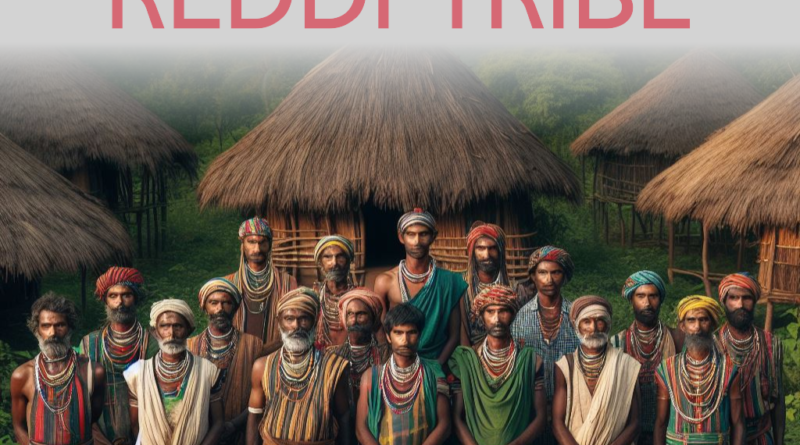About The Konda Reddi Tribe | Ias Banenge
Context:
The indigenous knowledge of the Konda Reddi tribe, a Particularly Vulnerable Tribal Group inhabiting the Papikonda hill range in the Godavari region, has proven resourceful.
Relevance:
Facts for Prelims
READ MORE- About the Empowering India’s Tribal Communities
Konda Reddi Tribe: An Overview
- The Konda Reddis are a Particularly Vulnerable Tribal Group (PVTG) predominantly residing along the banks of the river Godavari and in the hilly forest tracts of Godavari and Khammam districts in Andhra Pradesh, India. They have a distinct cultural identity, language, and socio-economic structure that sets them apart from other communities.
Language and Identity:
- Mother Tongue: The Konda Reddis primarily speak Telugu in its purest and chaste form, albeit with a unique accent.
Social Structure:
Subdivisions and Marriage:
- The Konda Reddi tribe is organized into exogamous septs to regulate matrimonial relations.
- Certain septs are considered brother septs, and marriage alliances within these septs (agnate relations) are prohibited.
- Marriage can be solemnized through negotiations, love and elopement, service, capture, or exchange.
Family Structure:
- The family system is patriarchal and patrilocal.
- While monogamy is the norm, polygamous families are not uncommon.
Religion and Beliefs:
- Folk Hinduism: The Konda Reddis predominantly practice Folk Hinduism, characterized by the worship of local deities and adherence to community-level traditions and rituals.
Political Organization:
Kula Panchayat:
- The Konda Reddis have their own traditional institution of social control known as the ‘Kula Panchayat’.
Village Headman (Pedda Kapu):
- Each village is governed by a traditional headman known as the ‘Pedda Kapu’, who also serves as the village priest (Pujari) for the local deities.
- The position of the headman is hereditary, passed down through generations.
Livelihood and Economy:
- Shifting Cultivation:
- The Konda Reddis primarily practice shifting cultivation and rely heavily on forest resources for their sustenance.
- Forest Produce:
- They collect and sell non-timber forest products such as tamarind, adda leaves, myrobolan, and broomsticks to supplement their income.
- Agriculture:
- Jowar is the staple food crop cultivated by the Konda Reddis.
Particularly Vulnerable Tribal Group (PVTG): Characteristics and Government Initiatives
Vulnerability Within Tribal Groups:
- PVTGs are identified as the more vulnerable segments among tribal communities, facing distinct challenges that require special attention.
Resource Allocation Disparities:
- As more developed and assertive tribal groups often receive a significant share of tribal development funds, PVTGs face the need for dedicated resources to address their unique developmental requirements.
Declaration and Recommendation:
- In 1975, the Government of India, based on the recommendation of the Dhebar Commission, declared 52 tribal groups as PVTGs.
Current Status:
- Presently, there are 75 PVTGs out of the total 705 Scheduled Tribes in India, spread across 18 states and one Union Territory according to the 2011 census.
Characteristics of PVTGs:
- Population: Stagnant or declining
- Technology: Predominantly pre-agricultural
- Literacy Level: Extremely low
- Economy: Operates at a subsistence level
Government Scheme for PVTGs:
- The Ministry of Tribal Affairs oversees the ‘Development of Particularly Vulnerable Tribal Groups (PVTGs)’ scheme.
- This Centrally Sponsored Scheme provides 100% Central assistance to 18 states and the Union Territory of Andaman & Nicobar Islands.
Objective of the Scheme:
- The scheme aims at comprehensive socio-economic development for PVTGs while preserving their distinct culture and heritage.
Implementation and Projects:
- State Governments, as part of the scheme, undertake projects tailored to sectors such as education, health, and livelihoods specifically designed for the holistic development of PVTGs.
-Source: The Hindu





Pingback: About Central Pollution Control Board |Ias Banenge - Ias Banenge